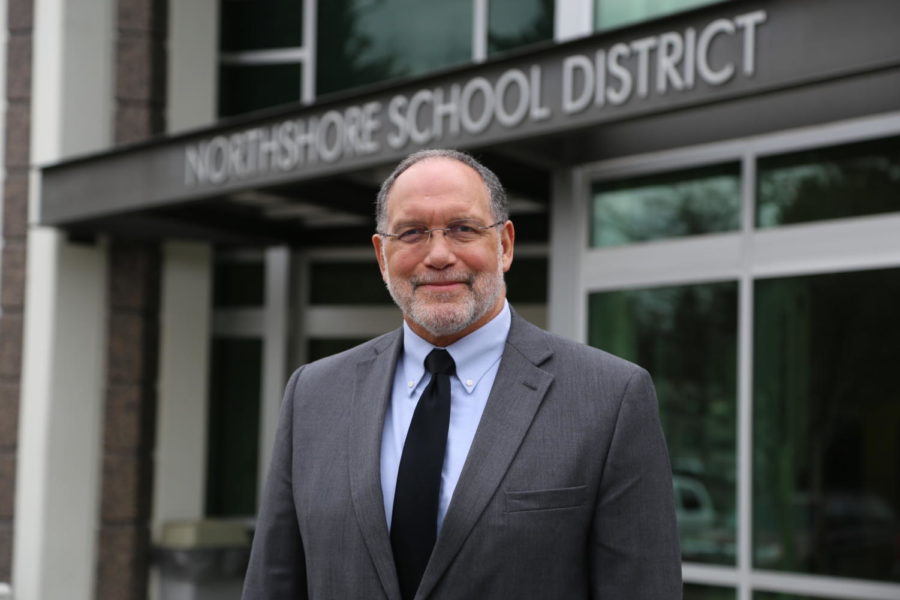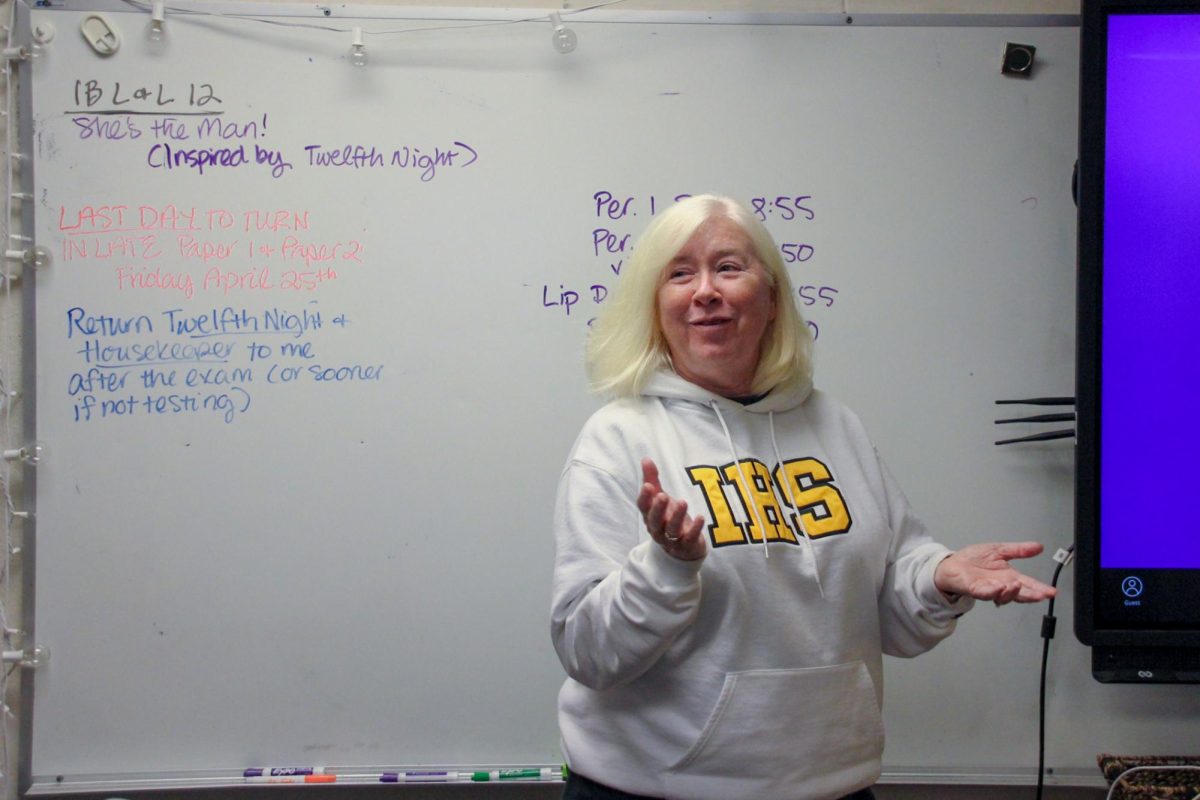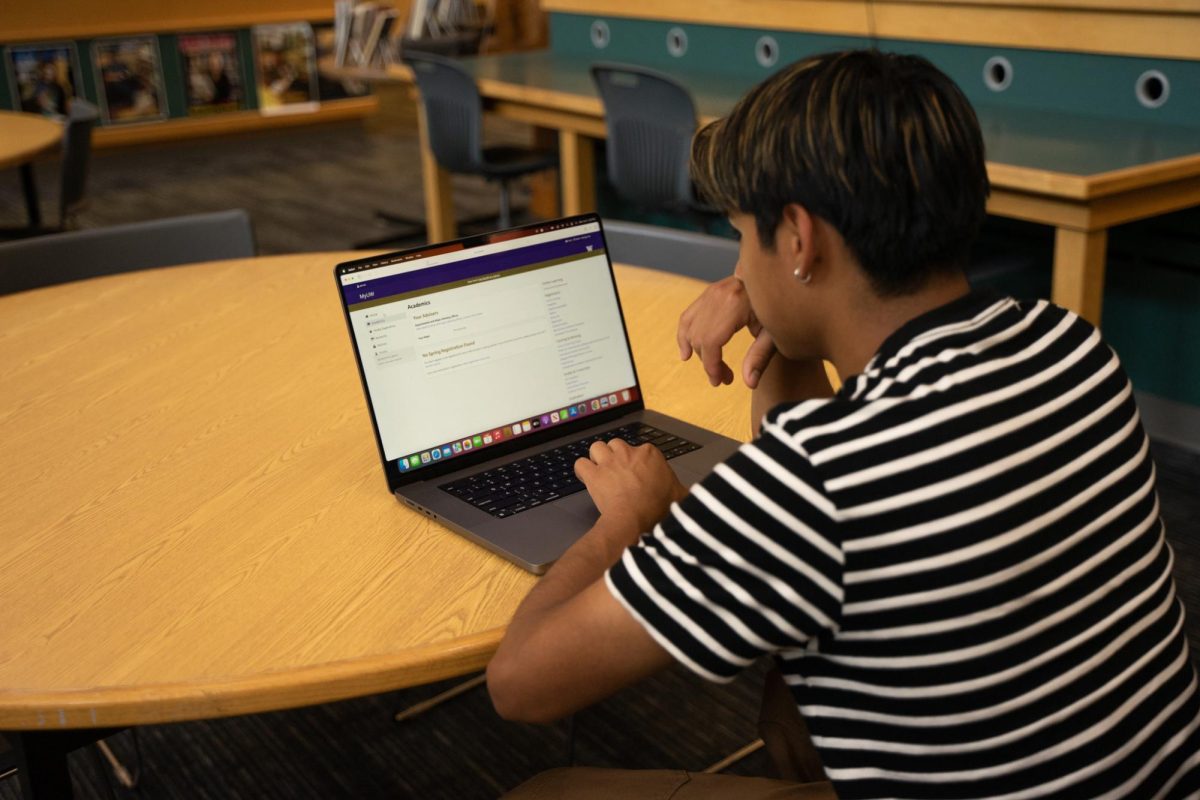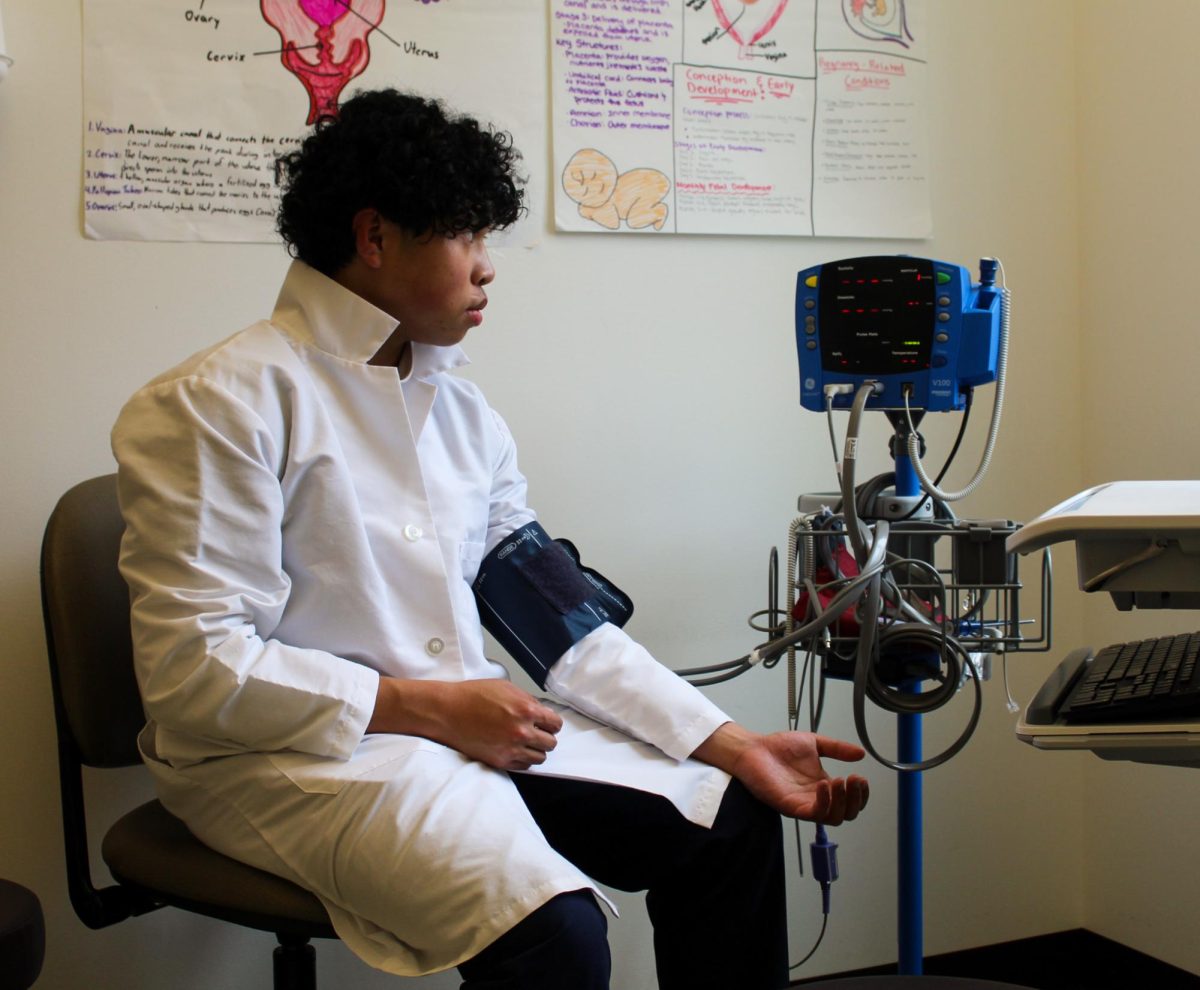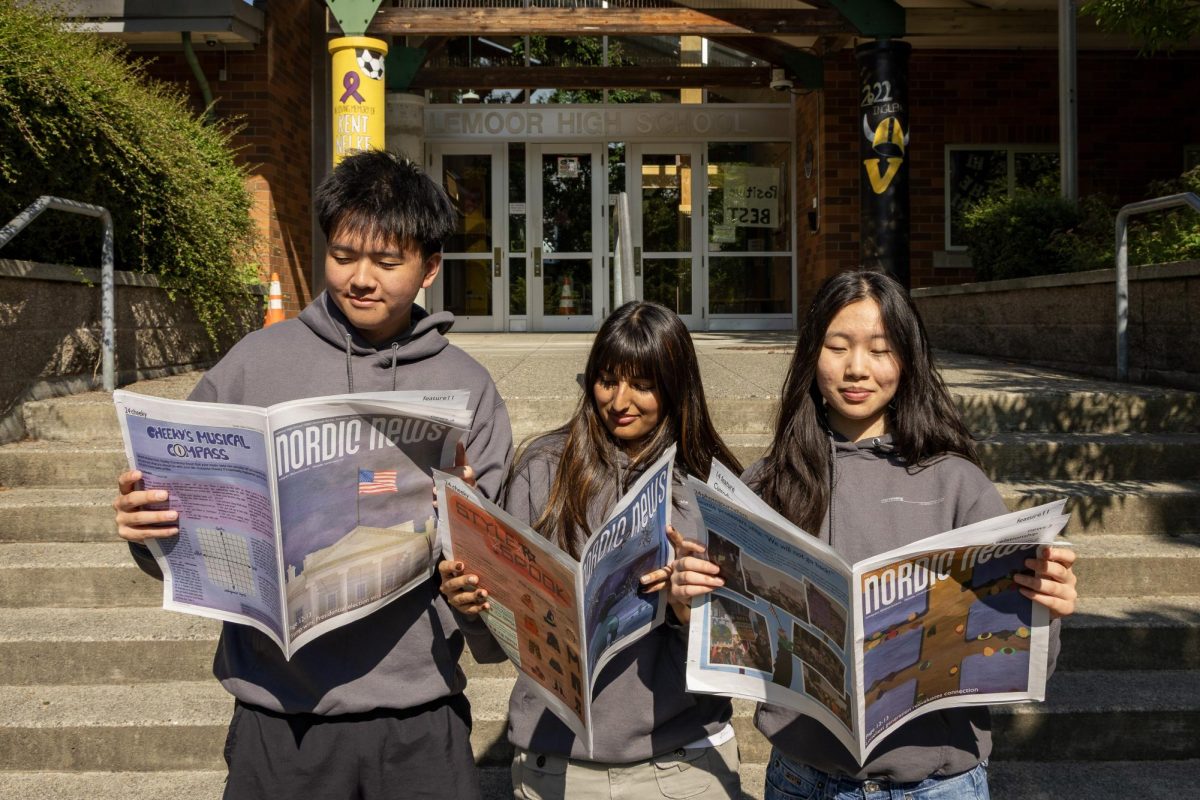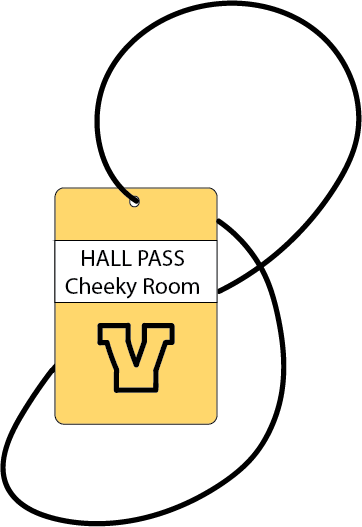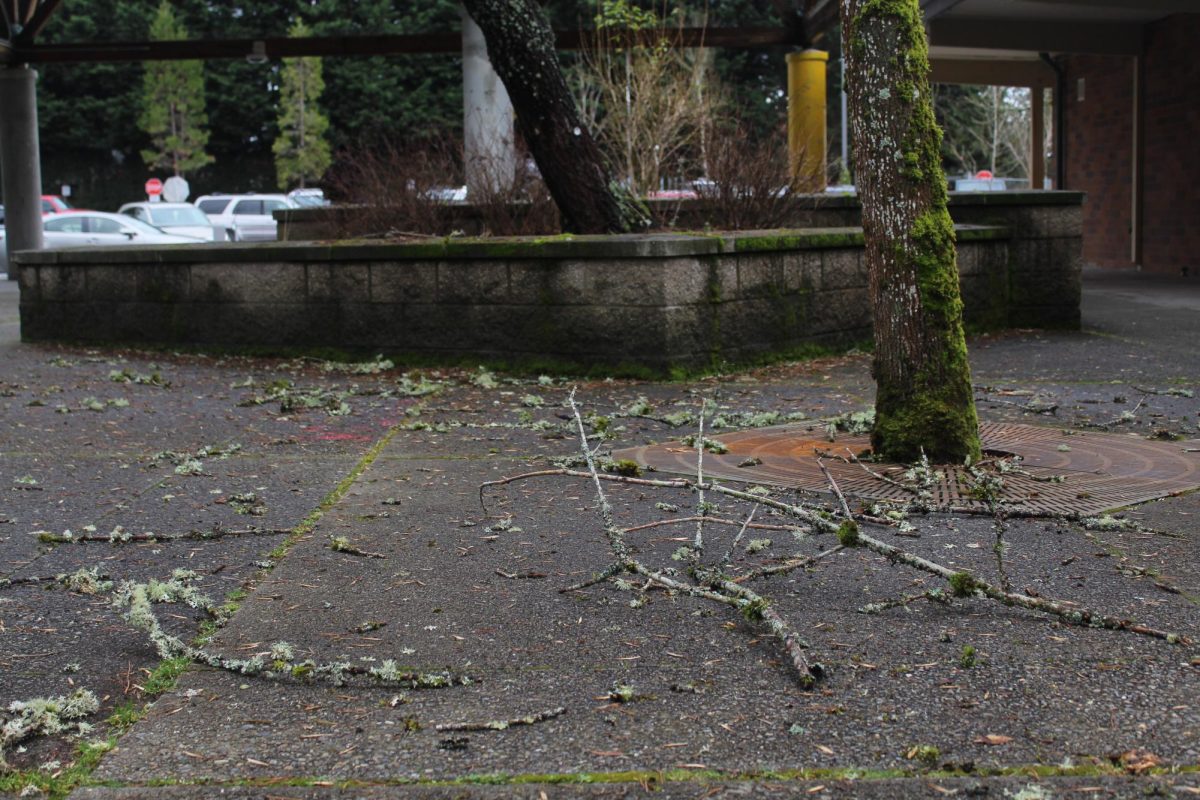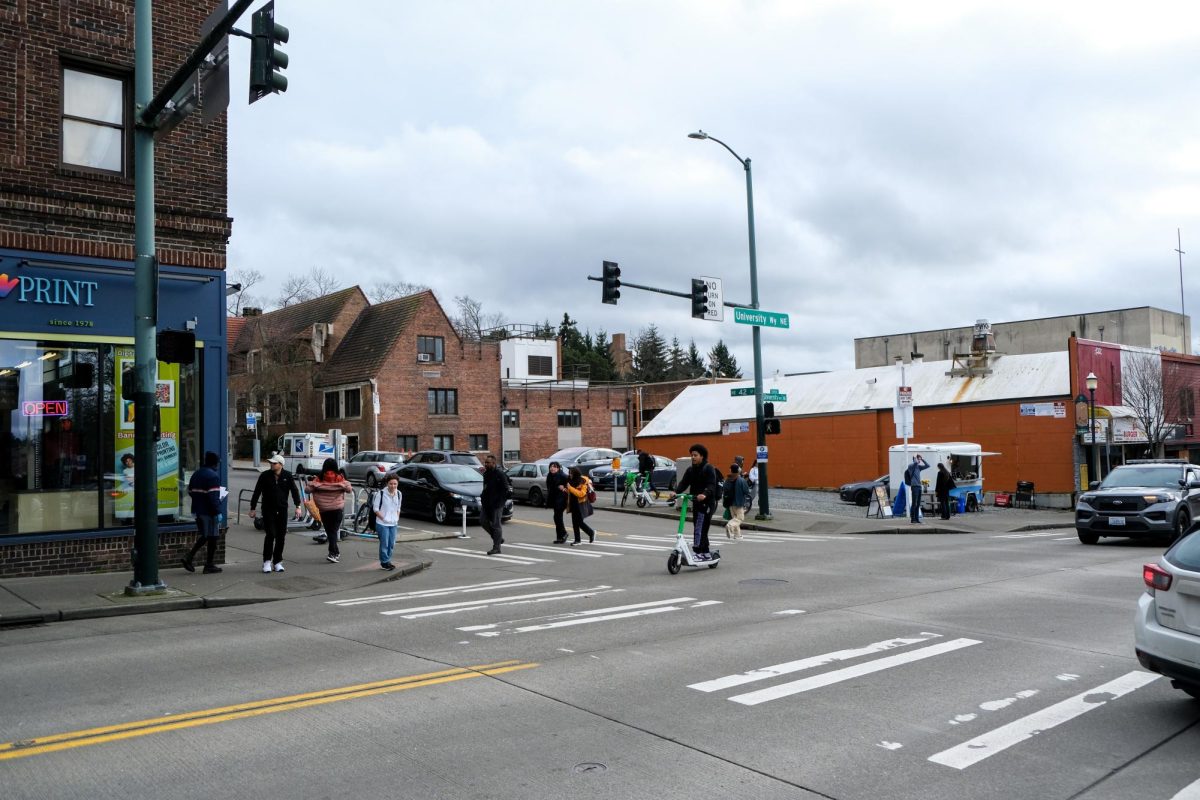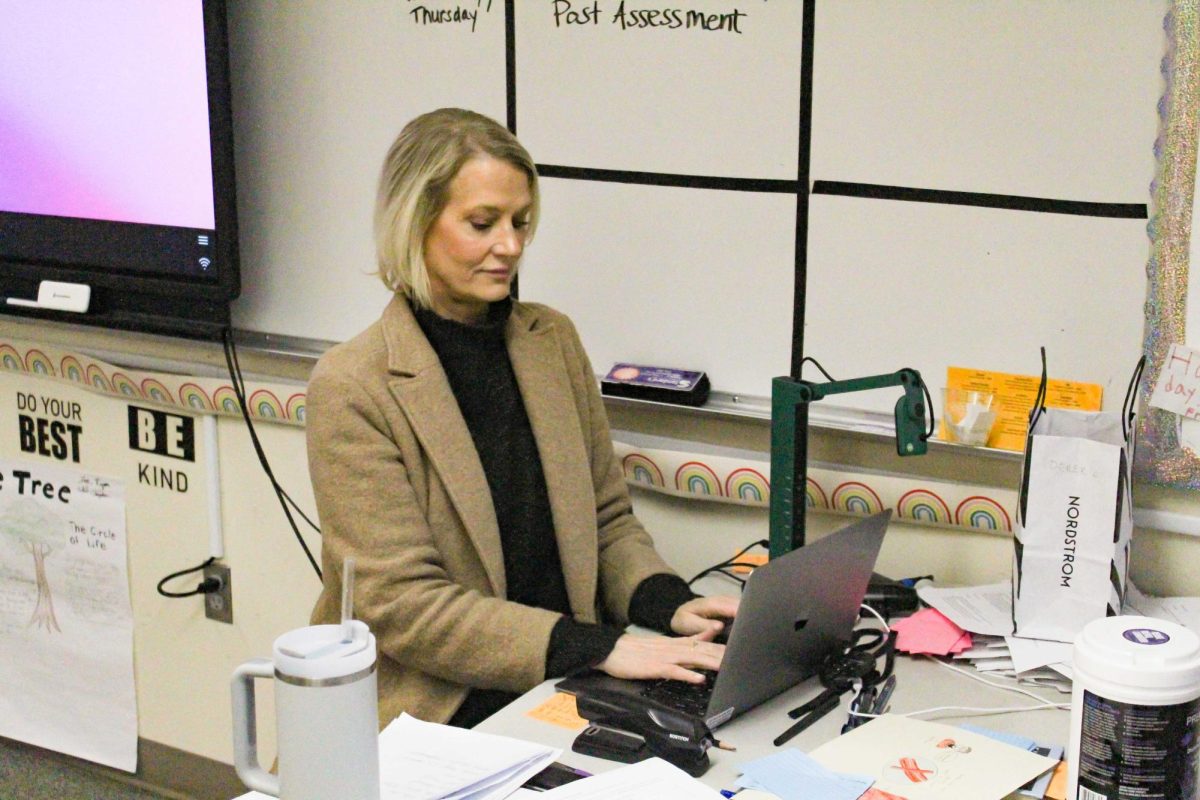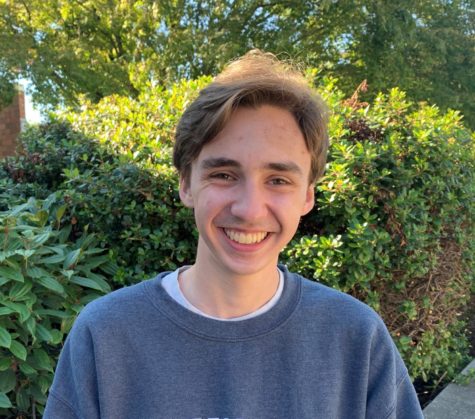On May 27, Northshore School District announced that Michael Tolley had been chosen as interim superintendent for the 2022-2023 school year. He was chosen by the school board after current superintendent Dr. Michelle Reid announced she would be departing the district to lead Fairfax County Public Schools in Virginia. Tolley previously served as NSD East Region Assistant Superintendent since 2019, and prior to that served in a variety of capacities in Seattle Public Schools.
On June 9, Nordic News interviewed Tolley on a variety of subjects, including the racial achievement gap, the current 50% grade floor, his interest in becoming permanent superintendent and how he defines success in the position. The questions and answers are presented below with light editing for clarity.
Kellen Hoard, Co-Editor-in-Chief (H): You worked in Seattle Public Schools for over 11 years, including as Assistant Superintendent and as Chief Academic Officer. What, if any, lessons can Northshore School District take from your time in Seattle Public Schools?
Michael Tolley, Incoming Interim Superintendent (T): I use the terminology that you can’t really replicate things, because context matters. You can definitely apply successful strategies, and then try to implement those things within systems. When I think of the work that we did in Seattle—while I was there as the Assistant Superintendent over all of teaching and learning—I was personally responsible, in my view, for the education of 54,000 students. And of course, I took that very seriously.
So the concept of making sure that we meet the needs of each and every student, particularly our students furthest away from educational and social justice, is key in the way I think about things. Drilling down really into the data that’s available to determine who are those groups of students that we really need to be focused on. And making sure that, again, each and every kid within our system has an excellent experience and education is the work.
So that’s kind of the work that I led within Seattle. One example, when we looked at the data there, the largest group of students that were underperforming of a particular group was our African American males. Focusing on that group, we were using John Powell’s concept of targeted universalism, where if you target a certain group of kids, and you are really intentional about the work that you’re providing and supporting those students, and it’s successful, you don’t only have a model for success of that group, but all students.
So part of the work there was we put together—initially it was an African American think tank that led to a work group, but ultimately, right now in Seattle, I think it’s an African American male achievement department—headed up by one of the principals I supervised while I was there, Mia Williams. So it led to that. So the work continues.
To the earth of your question, is that something we should be doing here at Northshore? Can we apply those same strategies to the largest group of individuals within the Northshore School District that we need to be focusing in on with targeted universalism to raise the expectation of ourselves as adults who support the students? Possibly. I need to, again, dig into the data more. I think we already can predict what that data will tell us and who those groups of students are, in many cases, depending on the part of the district you’re in. Those are our LatinX students here in Northshore. But again, if we were intentional about addressing the needs of each and every one of our students in that population, we have a chance of moving forward.
H: Next year, do you plan to maintain the 50% grade floor for students?
T: Well, that’s not a question that I’m making a decision on by myself. There was a process that the leadership within the district worked with our [Northshore Education Association] partners who come into agreement on that. So we would have to work on that collaboratively to see if there was any adjustments made in that model. I would say that’s a ‘we,’ not a ‘me.’
H: Do you personally feel that the 50% model should remain in place, regardless of whether you have the power to change that yourself?
It’s a larger question. It’s not as simple as just the 50%. In my view, there’s a need to look at all of our grading practices and to address more than just ‘what’s the floor?’ I guess what I’m saying is I don’t think it’s appropriate for me to answer that question only because I think there’s more to the story and more work to be done around that. So, again, in the meantime, we say, okay, we have a 50% floor, we have these other things. But actually, it’s got to be more about grading practices overall, and giving students an opportunity to demonstrate their learning.
H: In a recent survey of the NSD community to find the next superintendent, respondents said the most important quality in a superintendent is that they are “an effective communicator, creating strong school and community relations.” What specific skills do you have that embody this quality?
T: Well, I really think about what is communicated and what we need to be sharing. And I’ve had these conversations: how do we continually message to our community the work that we’re doing through transparency? How do we continue to engage the community in the conversation? Of course, it needs to be a two way process where we gather information, then reflect back what we’ve heard, but more importantly, act upon whatever those things that we’re hearing.
So that would be my intention, in terms of my interim superintendent role, is to make sure that I’m listening to learn, but be able to be prepared to act upon what we’re hearing. The worst thing we could do is go out and say we were listening, and then do nothing with the information we’re gathering. So again, it’s more than just what you asked in terms of what are those communication pieces. I have to think through what comes next. And we’ll be very intentional.
In many cases, we can actually predict some of the things that we’re going to hear. So we need to be prepared to act upon them, even before we have the conversation. Personally, I like to be present. The thought of just sending out weekly emails and communicating, in general, it’s not my style. I like to be out and about in the community, interacting with individuals and communicating that way, gathering information, reflecting back what I’ve heard, then returning and saying, okay, based on what I’ve heard, this is what we’re going to do. That’s me personally.
Of course, I can’t be everywhere all the time. So we have to have the weekly emails, we have to have ongoing, open communication with feedback loops, and all of those. Those are necessary. But my intent, of course, is to be out and about as much as physically possible.
H: How will you look in the next year to expand extracurricular participation in our district? And I’m wondering in particular for those with fewer financial means.
T: I don’t have enough information to specifically answer that. I think there is probably a process of identifying the barriers that prevent students from being able to access what those things are. And it could be either the opportunity doesn’t exist in the school where they’re attending and/or financial barriers or whatever. We, of course, in my mind, would have to identify what are those barriers and address those directly. The challenge, though, is sometimes it’s not financial, it’s not even the opportunity, there are social barriers that really require us to reflect more deeply.
H: Are you interested in serving as permanent superintendent after next year?
T: I did have an interest in that. This opportunity presented itself and I’m going to do my absolute best to make sure that I’m serving the students and the families of those students in Northshore. But going forward, it really is if I’m the right person, if I’m doing a good job for everybody—I’m a servant leader, ultimately, and willing to do whatever it takes to make sure our students within Northshore are well served—and if that’s working well and everybody seems to be supportive of the work I’m doing, I absolutely would like to stay. But if it’s determined that yeah, no, we probably need to consider somebody else, I’ll make sure that whoever the permanent is—whether it’s me or whoever—is set up for success. That welcoming, that’s what it’s all about. Like I said, it’s not about me. It’s about what our students and their families need within the system.
H: How do you plan to support student journalism in our district under your tenure?
T: Could you be a little bit more specific? What are the concerns and/or lack of support you currently have? To be aware of and address?
H: I am just wondering if you had any specific ideas for how, maybe, access to student journalism or the strength of student journalism could expand in our district. We were just wondering if you had any specific ideas for how the district might support that.
T: Oh, ultimately, I guess, my belief is that student voice is critically important. Like I said, we’re in service of our students and their families. And the best way to know whether we’re doing the job that we need to be doing and being successful is learning to ask students.
One of the best parts of my job is that I get to go into schools and visit with classrooms and visit with students. And within a day, I might be at an elementary school kneeling down next to a kindergarten students asking them: ‘what are you learning and what’s exciting about your school?’ and then an hour later, I could be standing in front of the seniors at Woodinville High School right across the street, and saying, ‘how was your experience? Tell me about, you know, what it was like in elementary?’
So that’s the type of questions that I love to continue gathering information from. In terms of student journalism, same thing. I mean, we need to hear voices and stories that are being collected by student journalists, and shared within our community, particularly here in Northshore. That’s critically important.
H: Concerns have been raised about, as in many districts, the racial achievement gap in our district. I’m curious what you see as the roots of this problem, and then what ideas you might have to help close that gap?
T: Well, again, there’s two parts. That is attitudes and beliefs about our students, and what they can or cannot do. And you probably know this very well, that’s years of work. We are continually needing to address our own implicit bias that we bring into every environment. We walk into it and confront it directly. Because if we don’t do that, as adults—if the teachers and adults don’t address their own implicit bias and their own attitudes and beliefs, and what they believe about students—they inadvertently pass that on to the students, whether they intend to or not. So we have to take that time to reflect, look in the mirror and go on that journey.
So that’s part of it. The other part of it, we can’t wait until people get that figured out. It’s the attitudes, beliefs, but we also have to address the actions. So while we’re working with our staff to address those concerns, we have to be very intentional about the actions that we expect that our adults to be doing and hold them accountable for it. So more specific to your question, then: yeah, I’m aware of some of those gaps that we see within, say, high school course taking patterns. It’s something we’ve had conversations about.
But those high school course taking patterns don’t begin in high school. That begins in elementary, so what do we do differently at the elementary level to make sure we’re setting our students up for success throughout our system? Really and unfortunately, our data is somewhat predictable. The same groups of students we have concerns about at the elementary level, 10 years later, we see them throughout as they move on to secondary and into graduation and into post secondary. So it’s on us to change our system in order to make sure that the students are well served. And that goes back to what we were seeing as the example I gave you with the African American male initiative. It wasn’t about the students, it was about the system and changing the system so they can better serve the students. We’re not asking the students to change.
That’s the whole idea where we used to talk about the achievement gap. Well, that was all putting it all on students. It’s the opportunity gap. That’s on us. That’s the system. What opportunities are we putting in place for our students to be successful? Not just admiring the problem that there’s a gap. No, we have to change our practice in order to meet the needs of kids.
H: In the role you’re leaving as Assistant Superintendent in Northshore, you’ve overseen Special Services for the district, including Highly Capable and Special Education. What do you feel the next steps the district should take to improve Special Services should be?
T: Well, again, this is in partnership with our labor group, our local education association. We had put together, prior to the pandemic, a service and staffing model workgroup to really study our current service delivery model for students with disabilities and come up with a plan as to what we can do differently to have better outcomes. That is also linked to our efforts or interests to make sure all of every one of our students, including our students with disabilities, are more included within the general education setting.
I refer to it as increasing inclusive practices within the system. And so we wanted to continue to focus on that. And we definitely want to partner with NSEA to make sure we have a service delivery model. Again, as I was just saying, we have to change the system to support our kids, not change our kids. They are perfect as they are. We have to address their needs.
H: In June of 2023, when your term as interim is set to expire, how will you determine if you were a successful interim superintendent?
T: That’s a great question, because I was just having a conversation when I’ve been having these conversations with various groups already, in terms of what are our goals that we need to set? And what are we going to hold ourselves accountable for? As you may know, the Board has refreshed our Strategic Plan for the district. There are five goals in that plan. They kept the goals, but they changed the measures within it. Ultimately, we need to identify what are the metrics to go with those measures.
For example, you might want to talk about increasing the number of students who are reading on grade level by the end of third grade. That’s great, that’s a measure, but what is the actual metric? Are we looking at the Smarter Balanced Assessment to determine that? Are we looking at i-Ready results to determine that? So to answer your question, my interest is to identify specific metrics for every one of those measures, set informed goals and then hold ourselves accountable for it.
But you need to know I just used that one example, test scores, but our kids are—as you are well aware—more than a test score. There’s a lot of other qualitative data points that we also have to consider. So, within those measures, Goal #2 really talks about the social/emotional needs of our kids. So what are those measures? How do we determine the mental health and stability of our students? And how do we hold ourselves accountable to be responsible for those pieces as well?
So we have to, again, in my mind, set the goal there, and then determine what we need to do to address that, and then work towards achieving those outcomes. So to answer your question, we, as a system, need to take a look at this Strategic Plan refreshed and set those goals based on those metrics within those measures, and then track our progress towards that. And at the end of the day, if we’ve achieved those goals, great. And if we haven’t, then we need to. Through any inquiry process, you study what you did, figure out what we can do better and do it again and keep going.
H: Is there anything you want students to know about you? Is there anything you’d like them to know as you enter leadership next year?
T: Well, there’s a lot. And there’s never enough time. So I will tell you this. I am—and I honestly believe this—a teacher first. I taught for over 17 years, in high school and in college. I taught 10 years of molecular cell biology at the college level. But in working with my students, whether at the high school or students at the college level, I always have to think back on what’s best for those individuals, no matter what subject I was teaching. I know that I’m teaching kids and making sure they’re successful, whether it’s biology, chemistry, whatever.
I guess I want you to also know that I was a biology teacher, of course. So, let’s put it this way, it’s in my DNA as a teacher. My grandmother, my mother were teachers. My brother, my sister, my wife, my daughter and her husband, all teachers. So that’s who I am. That’s who I am. I really value the opportunity to make sure students are being successful. I just now have a broader reach. I’ve got 22,000 kids and I’m ultimately responsible for making sure they have an exceptional education. And I take that seriously.



